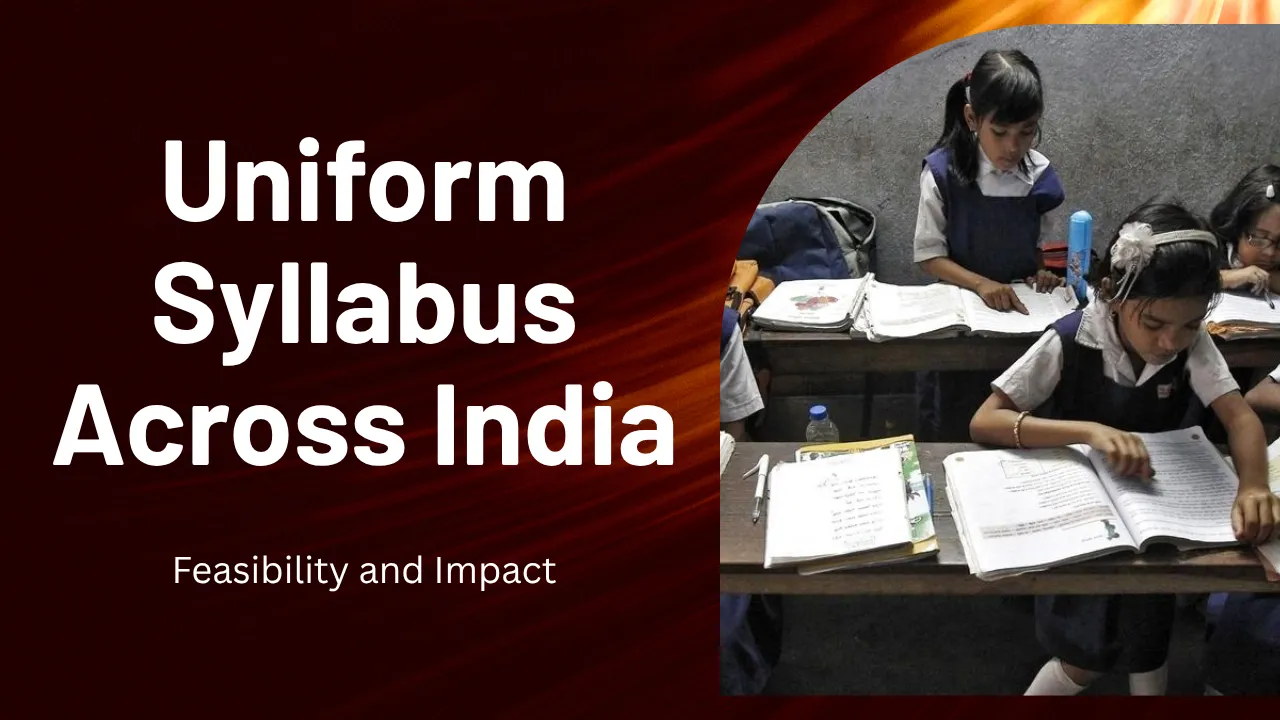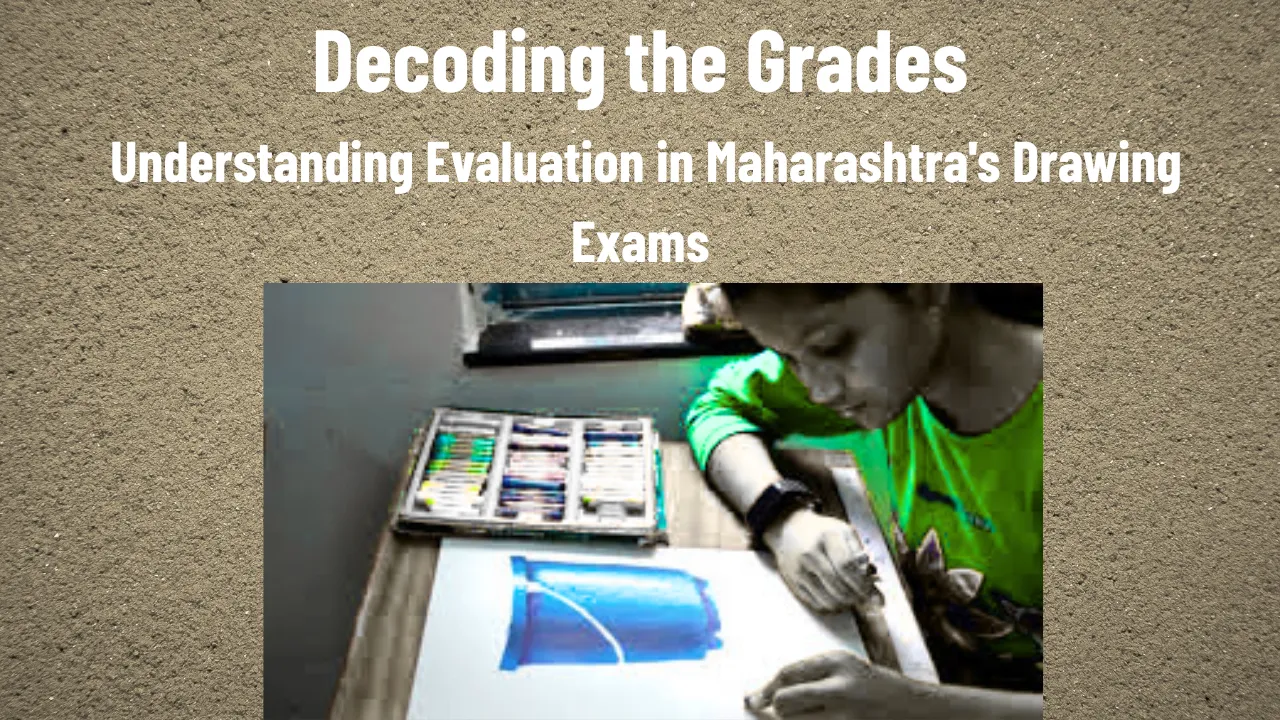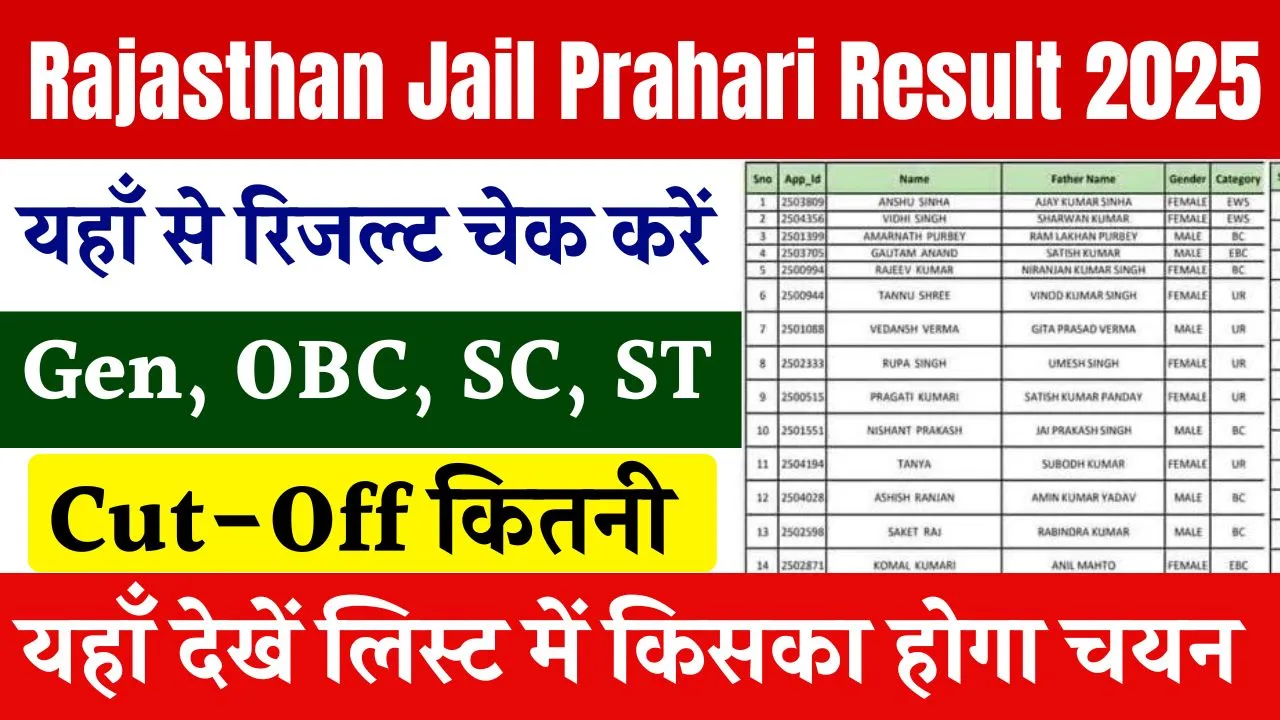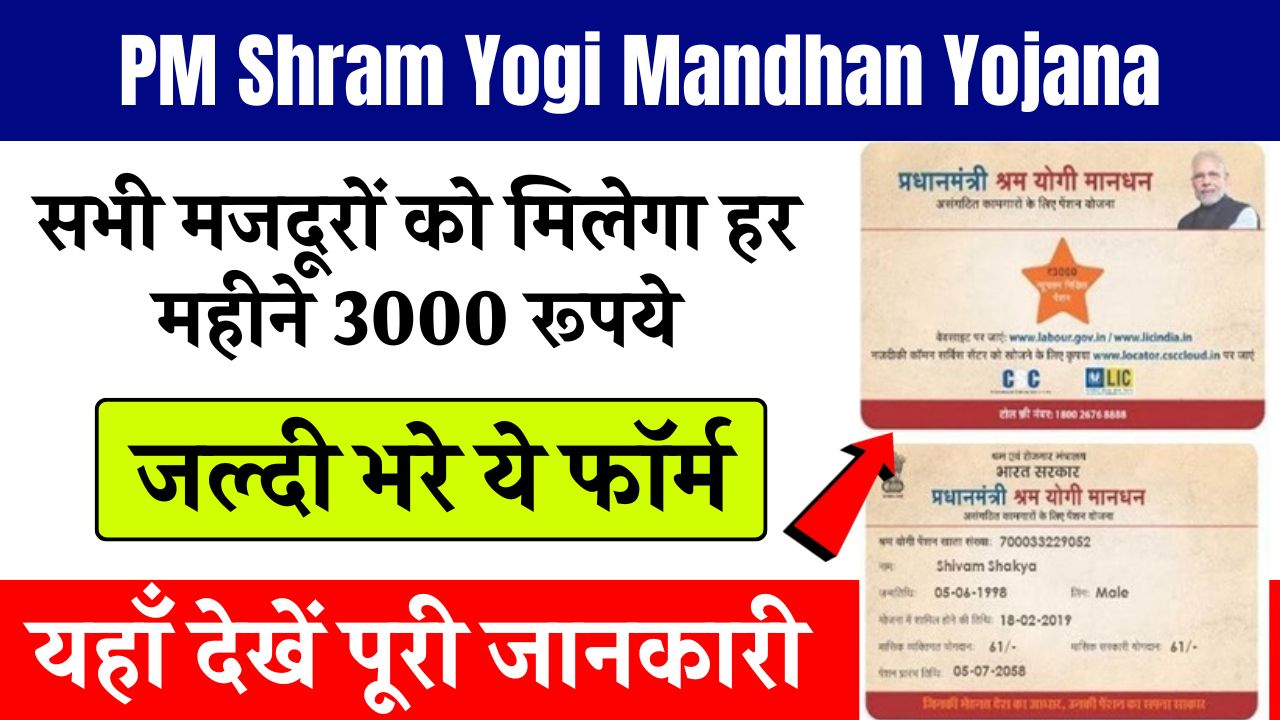Uniform Syllabus Across India: Uniform syllabus across India has become a topic of intense discussion among educators, policymakers, and parents. As students across different states follow various state board curriculums, there is growing debate on whether India needs a single, common syllabus. With national exams and competitive tests judged by a uniform standard, the differences in educational content raise concerns about fairness and equality.
This article takes a deep dive into the idea of implementing a uniform syllabus across India, examining its feasibility, possible benefits, and potential drawbacks. Can a single curriculum bring educational equality, or would it overlook the country’s diversity? Let’s explore.
Uniform Syllabus Across India
The concept of a uniform syllabus across India refers to creating and implementing the same educational content for schools across all states, irrespective of the education board. Currently, schools follow different syllabi, including CBSE, ICSE, and multiple state boards. These variations lead to differences in academic depth, subject approach, and exam patterns.
A uniform syllabus would mean that all students, from Kerala to Kashmir, study the same chapters in Math, Science, History, and other core subjects. While the goal is to create equal academic footing, the idea comes with both promise and challenges.
Overview Table: Uniform Syllabus in Indian Context
| Aspect | Current Scenario | With Uniform Syllabus |
| Boards in Use | CBSE, ICSE, State Boards | Common curriculum for all |
| Syllabus Variation | High | Same across the country |
| Exam Preparation | Varies by board | Consistent for all students |
| Cultural Context | Region-specific content | Nationally generalized content |
| Language Medium | Regional and English | Potential standardization challenges |
| Implementation | Decentralized | Requires strong central coordination |
Why the Idea is Being Considered
India conducts nationwide competitive exams like JEE, NEET, and UPSC, which test students from all boards using a common syllabus. Students from state boards often feel disadvantaged compared to CBSE or ICSE students whose syllabus closely aligns with these exams.
Advocates argue that a uniform syllabus across India would level the playing field, reduce academic pressure, and ensure equal access to quality education. It would also help when families relocate between states, reducing learning disruptions for students.
Benefits of a Uniform Syllabus
A uniform syllabus could bring several potential advantages:
- Equal Opportunities: All students would study the same material, improving fairness in competitive exams and national assessments.
- Mobility Friendly: Helps children of government employees and job migrants who move frequently between states.
- Standard Quality: Ensures that every child has access to the same educational standards, reducing gaps in subject knowledge.
- Efficient Resource Sharing: National resources like textbooks, teacher training, and digital content can be streamlined.
- Simplified Policy Implementation: Education reforms and improvements could be rolled out more uniformly.
Challenges and Concerns
While the idea seems promising, the practicality of implementing a uniform syllabus across India is complex. India is a diverse country—with different languages, cultures, and regional histories. A one-size-fits-all syllabus might not reflect the needs and identities of every region.
Key challenges include:
- Loss of Regional Relevance: Local culture, history, and language may be underrepresented.
- Language Barriers: Standardized content in English or Hindi may disadvantage students from non-Hindi-speaking regions.
- Teacher Training Needs: Schools would require re-training of educators to adopt the new curriculum effectively.
- Resistance from States: Education is a concurrent subject in India, and states may resist central control over syllabi.
- Implementation Hurdles: Upgrading textbooks, assessments, and teacher resources nationwide is a large task.
Examples of Existing Uniformity
India already has partially uniform frameworks in place:
- NCERT Curriculum: Followed by CBSE schools, this syllabus is already used widely across India.
- NEP 2020 Vision: The National Education Policy encourages core learning outcomes that are uniform but allows room for flexibility in local content.
These steps show that some level of standardization is already happening, though full implementation of a single syllabus remains a challenge.
Possible Middle Path
Rather than full uniformity, a hybrid approach could work better:
- Core Curriculum Uniformity: Set the same basic syllabus for subjects like Math, Science, and English.
- Regional Flexibility: Allow state boards to add local chapters in subjects like History, Culture, and Languages.
- Skill-Based Modules: Introduce skill development and vocational courses that can be standardized nationwide.
- Digital Platforms: Use platforms like DIKSHA to share common learning content while offering multilingual options.
Such a model balances national unity in education with local relevance and diversity.
FAQs
What is meant by a uniform syllabus?
It refers to having the same curriculum across all schools in India, regardless of state or board.
Will it help with competitive exam preparation?
Yes, a uniform syllabus would give students equal preparation for exams like JEE and NEET.
Is it possible to implement the same syllabus nationwide?
It’s possible but difficult. Challenges include language differences, regional diversity, and state autonomy.
Will regional history and culture be ignored?
There is a risk. That’s why many support a hybrid approach with core subjects being uniform and others allowing local content.
Does the National Education Policy support this idea?
NEP 2020 supports foundational uniformity but also encourages inclusion of regional context and flexibility.
Final Thought
The debate around a uniform syllabus across India reflects the country’s broader educational and cultural complexity. While equal access and standardization are important, ignoring diversity may do more harm than good. The real goal should be balanced reform—where every child, regardless of region, receives quality education that prepares them for both national opportunities and local responsibilities.
What’s your take on this? Should India move toward a single syllabus or keep regional differences intact? Share your views in the comments and explore more thought-provoking education topics on our platform.











